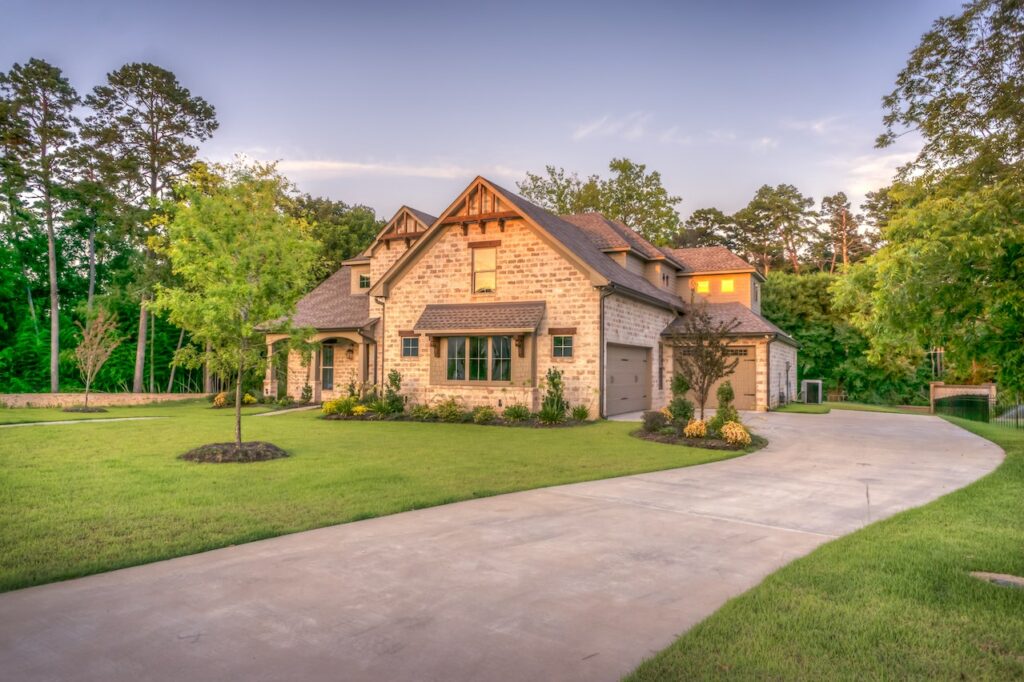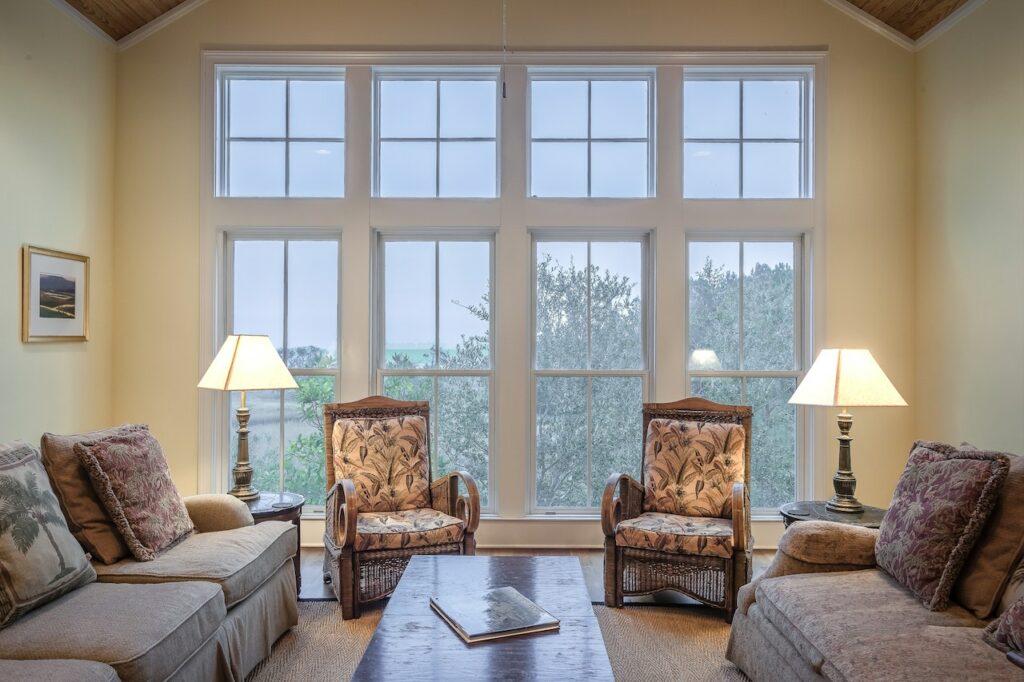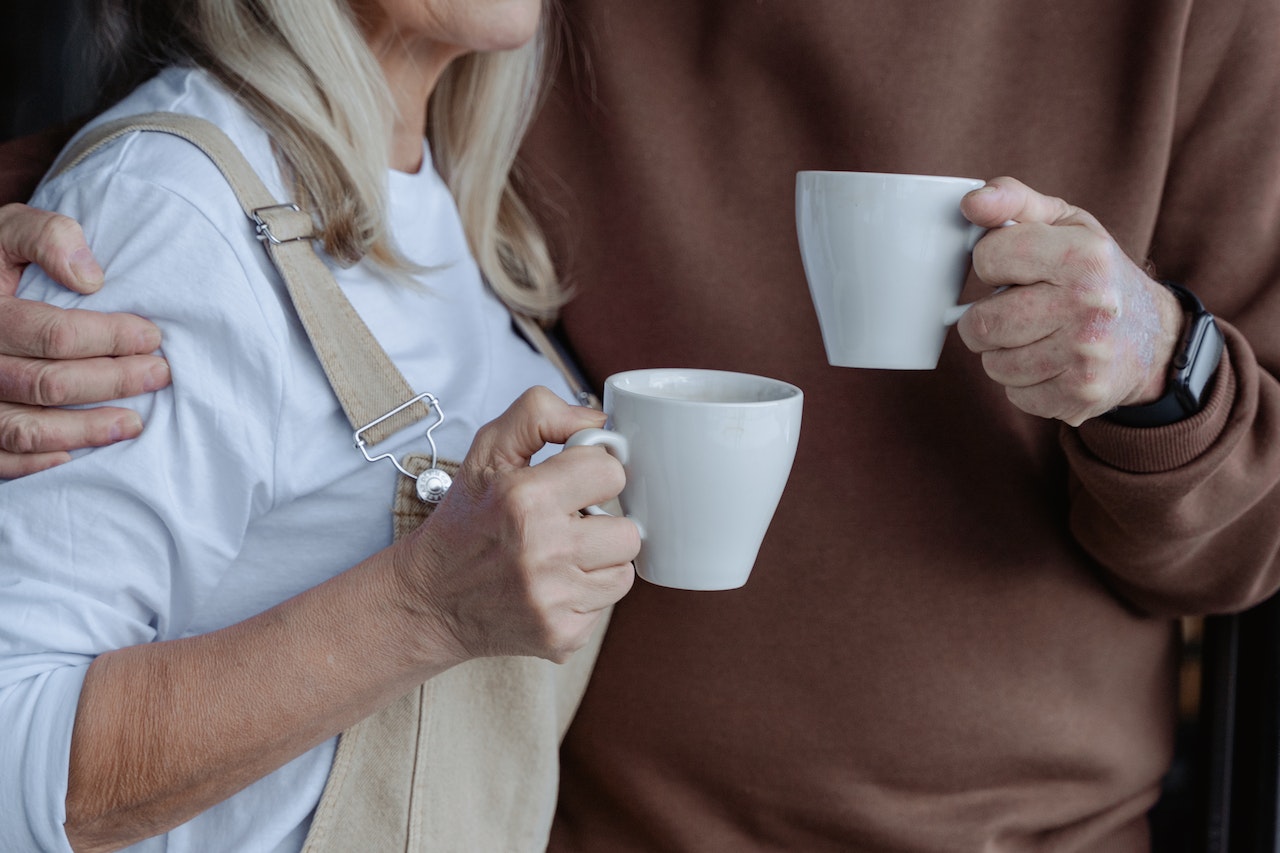Making the decision to take in your parents or in-laws can be a life-changing event. Here are a few things to consider to make your in-law suite a safe and enjoyable place for those you care about most:
- What is an In-Law Suite?
- Is it even possible to build one at my home?
- What components should be included to make it successful?
 What is an In-Law Suite?
What is an In-Law Suite?
An in-law suite, more commonly known as a “mother-in-law suite”, is a private space within or near the home where your relatives can live independently and close enough to you to make it easier for you to assist them. An in-law suite may be an addition to an existing home; frequently basements are turned into apartments or stand-alone guesthouses. These “apartments” are typically fully equipped, having all the features and functions of a typical house while being close to family so your loved ones feel safe. At its core, the most important aspect of an in-law suite is its ability to give your extended family a safe environment while allowing them to live with a sense of independence.
 Building Codes
Building Codes
In this new “Airbnb world”, some municipalities are taking a closer look at in-law suite additions to ensure they’re not actually guest suites. Before making any additional plans, you will want to check with your local zoning and building departments to ensure a good understanding of what they will and will not approve. For instance, some municipalities won’t allow stand-alone apartments to be built on the same property as a primary residence. Others will have requirements such as:
- An entrance to the suite is through the house, so it’s not completely separated.
- Sewer and water connections cannot be separated from the main home.
Working with a design-build contractor experienced in navigating the various code requirements will ensure your project doesn’t get held up when it comes time to get the plans approved.
 Built for Today, Ready for Tomorrow
Built for Today, Ready for Tomorrow
Considering who will be using the suite and their abilities to complete specific tasks is critical to the success of your project. Consider how older hands might struggle with using a kitchen faucet, or failing eyesight might misjudge a step into the shower. These kinds of everyday tasks may not seem like obvious obstacles but can actually be difficult for some as they age.
Lighting Design
One of the most critical parts of any accessible design is the lighting. Falls often occur because of something as simple as misjudging a step because of a shadow, and what is just an embarrassing trip when we’re young can be a dangerous fall when we’re a bit older. Task lighting in a kitchen can make preparing a meal or making a cup of coffee much safer and easier. In a bedroom, overhead lighting is key to brightening the room and making obstacles move visible when navigating the space. And something as simple as a light switch next to the bed can mean the difference between a safe walk to bed at night (or a nightime visit to the bathroom) and stumbling in the dark.
 Durable & Safe Materials
Durable & Safe Materials
Things like wheelchairs and walkers designed to make moving around safer can become more dangerous when used on a surface like a plush carpet. They can also damage surfaces that are less durable than materials like tile or hardwood.
When making flooring choices, consider products like porcelain tile in the bathroom and even hallways and entrances. Hardwood or laminates can be a great choice for durability and safety in family rooms and bedrooms. These low-maintenance materials will also be easier to keep clean.
Countertops also take a beating with daily use, and products like quartz are beautiful, durable, and stain resistant. They also don’t require any sealers, which means less maintenance. When picking patterns for your countertops, consider the difficulty of someone with failing eyesight seeing small objects on a busy pattern. A solid color may be a better choice for bathroom tops where losing that small earring in a pattern can be easy.
 It’s in the details
It’s in the details
Many of the small things we don’t consider an issue when we’re younger are the hardest to do as we get older. Something as simple as turning on a faucet can be difficult with arthritis. Installing a single-lever faucet will make it easy to turn the water on and off and look great too! Most single-lever faucets meet the Americans with Disabilities Act requirements because of their ease of use.
More falls occur in the bathroom than in any other room of the house, which makes decorative grab bars a must for in-law suite bathroom design. Grab bars are vital around toilet and shower areas where soap and water can combine to create dangerously slick hard surfaces.
Wider doorways and hallways are critical design elements to ensure ample space to maneuver in a wheelchair or with a walker if needed. Doorways should be at least 32” wide, but 36” is even better where possible for optimal access. The hallway must be at least 42” wide, and 48” would be optimum if space allows.
Another small detail to consider is cabinetry hardware. Aging hands may find it more difficult to grip a small knob to open heavy cabinet drawers. A cabinet pull with ample size to grip provides more comfortable use for weaker fingers.
At the end of the day, the most important outcome of an in-law suite is creating a space where loved ones can live full, independent lives in a place where everyone can have peace of mind about their safety.


